Ever feel like your body’s stuck in a knot after a long day at the desk or a heavy workout? best yoga poses for muscle stiffness can melt that tension, stretch tight fibers, and bring back a smooth range of motion. Below is a practical guide that explains why yoga works, walks you through the top poses, and offers a quick routine you can fit into any schedule.
Understanding Muscle Stiffness and How Yoga Helps
Muscle stiffness is the sensation of reduced elasticity in muscle fibers, often caused by over‑use, prolonged sitting, or stress‑induced guarding. When muscles stay shortened, they limit Flexibility the ability of a joint or series of joints to move through an unrestricted range of motion and increase Tension the state of muscle fibers being in a semi‑contracted, tight condition. Yoga targets these issues by combining gentle loading, breath‑guided relaxation, and active lengthening.
Research from the American College of Sports Medicine shows regular yoga practice can improve muscle elasticity by 20‑30% and lower perceived stiffness scores within four weeks. The key is consistent, mindful stretching that respects the body’s limits.
Core Principles for Safe Stretching
- Move with Breath: Inhale to prepare, exhale to deepen the stretch. This oxygenates muscles and signals the nervous system to relax.
- Warm‑Up First: Light cardio (e.g., marching in place) for 3‑5 minutes raises tissue temperature, making fibers more pliable.
- Hold, Don’t Bounce: Aim for 30‑60 seconds per pose. Bouncing can cause micro‑tears and increase soreness.
- Use Props: Blocks, straps, or a folded blanket let you stay aligned without over‑stretching.
- Listen to Your Body: Mild pulling is fine, sharp pain is a stop sign.
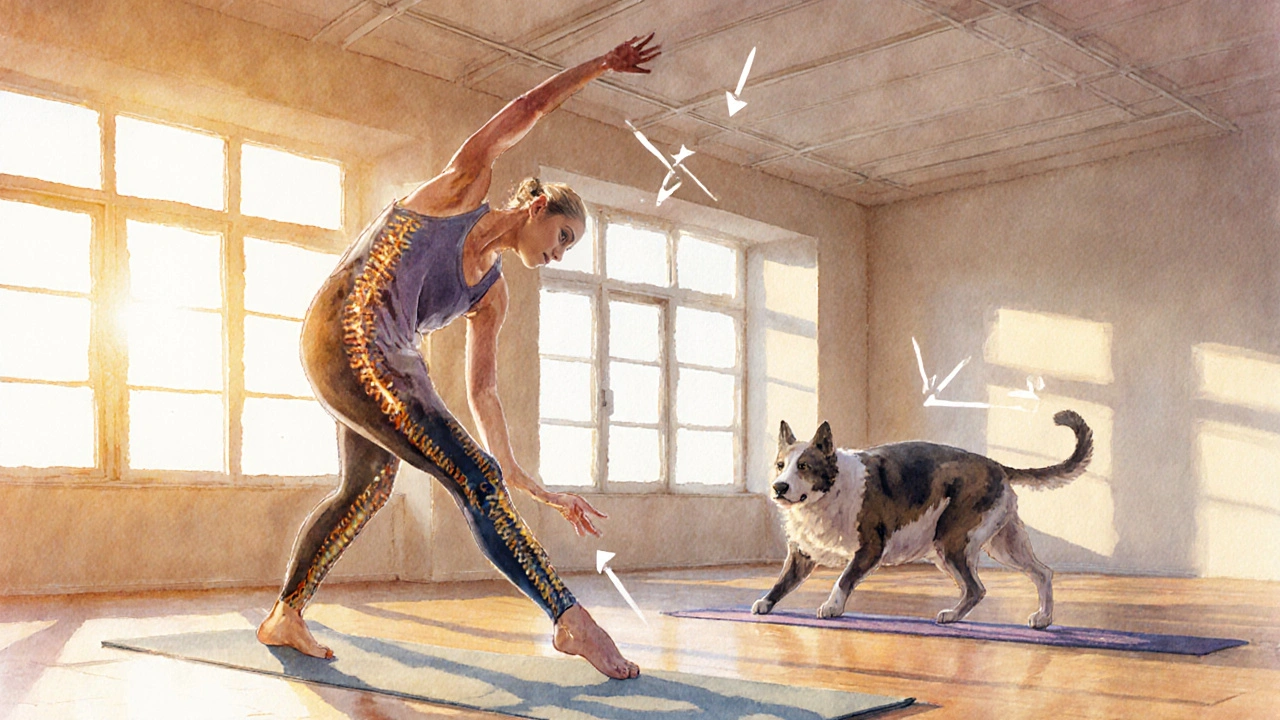
Top 7 Yoga Poses for Stiffness Relief
These poses were chosen for their ability to target common trouble spots - hamstrings, lower back, hips, and shoulders - while remaining accessible to beginners.
Downward‑Facing Dog An inverted V‑shape pose that lengthens the spine, calves, and hamstrings while strengthening the shoulders
- Start on hands and knees, wrists under shoulders, knees under hips.
- Lift hips upward, straightening legs as much as comfortable; keep a slight bend in the knees if hamstrings are tight.
- Press the floor away, draw the shoulder blades down, and breathe for 5‑8 breaths.
Benefit: Relieves lower‑back tension and opens the posterior chain.
Cat‑Cow Flow A dynamic pairing that mobilises the spine, tones abdominal muscles, and eases neck stiffness
- Begin on all fours, hands beneath shoulders, knees beneath hips. \n
- Inhale, drop the belly, lift the chin (Cow). Exhale, round the back, tuck the chin (Cat). Repeat for 1‑2 minutes.
Benefit: Improves spinal flexibility and reduces accumulated tension after sitting.
Child’s Pose A resting posture that gently stretches the hips, thighs, and ankles while calming the nervous system
- Kneel, big toes together, knees apart.
- Sit back on the heels, lower the torso, and stretch arms forward or alongside the body.
- Rest for 1‑3 minutes, focusing on slow, deep breaths.
Benefit: Acts as a safe reset between more intense stretches.
Standing Forward Fold A forward‑bending pose that targets hamstrings, calves, and the lower back
- Stand with feet hip‑width apart. Inhale, hinge at the hips, and let the torso drape over the legs.
- Keep a soft bend in the knees if needed, and let the head hang heavy.
- Hold for 30‑60 seconds, breathing into the stretch.
Benefit: Releases tight hamstrings, a common source of posterior thigh stiffness.
Pigeon Pose A deep hip opener that stretches the glutes, piriformis, and outer thigh muscles
- From Downward Dog, bring right knee forward toward the right wrist.
- Slide the right foot toward the left hip, extending the left leg straight back.
- Square the hips and fold forward over the front leg. Hold for 45‑60 seconds, then switch sides.
Benefit: Eases sciatic‑like tension caused by tight hip rotators.
Supine Twist A gentle spinal rotation that massages the back muscles and improves thoracic mobility
- Lie on your back, knees bent, feet flat.
- Drop both knees to the right while turning the head left; keep shoulders grounded.
- Stay for 30‑45 seconds, then repeat on the other side.
Benefit: Releases built‑up tension in the lower back and ribcage.
Legs‑Up‑The‑Wall An inverted restorative pose that drains leg fatigue, promotes circulation, and calms the nervous system
- Sit sideways next to a wall, swing the legs up, and rest the hips close to the wall.
- Relax arms by your sides, close your eyes, and breathe for 3‑5 minutes.
Benefit: Decompresses the lower back and eases calf tightness after prolonged standing.
Quick 15‑Minute Routine
Pick a quiet spot, roll out a mat, and follow this flow. Each movement is linked to the poses above, so you’ll get a balanced stretch without needing extra equipment.
- Warm‑up: 2 minutes of marching in place + shoulder rolls.
- Cat‑Cow Flow - 1 minute.
- Downward‑Facing Dog - 1 minute.
- Standing Forward Fold - 1 minute.
- Pigeon Pose - 45 seconds each side.
- Supine Twist - 30 seconds each side.
- Child’s Pose - 1 minute.
- Legs‑Up‑The‑Wall - 3 minutes (optional for extra relaxation).
Finish with a few deep breaths seated upright, feeling the release in your body.
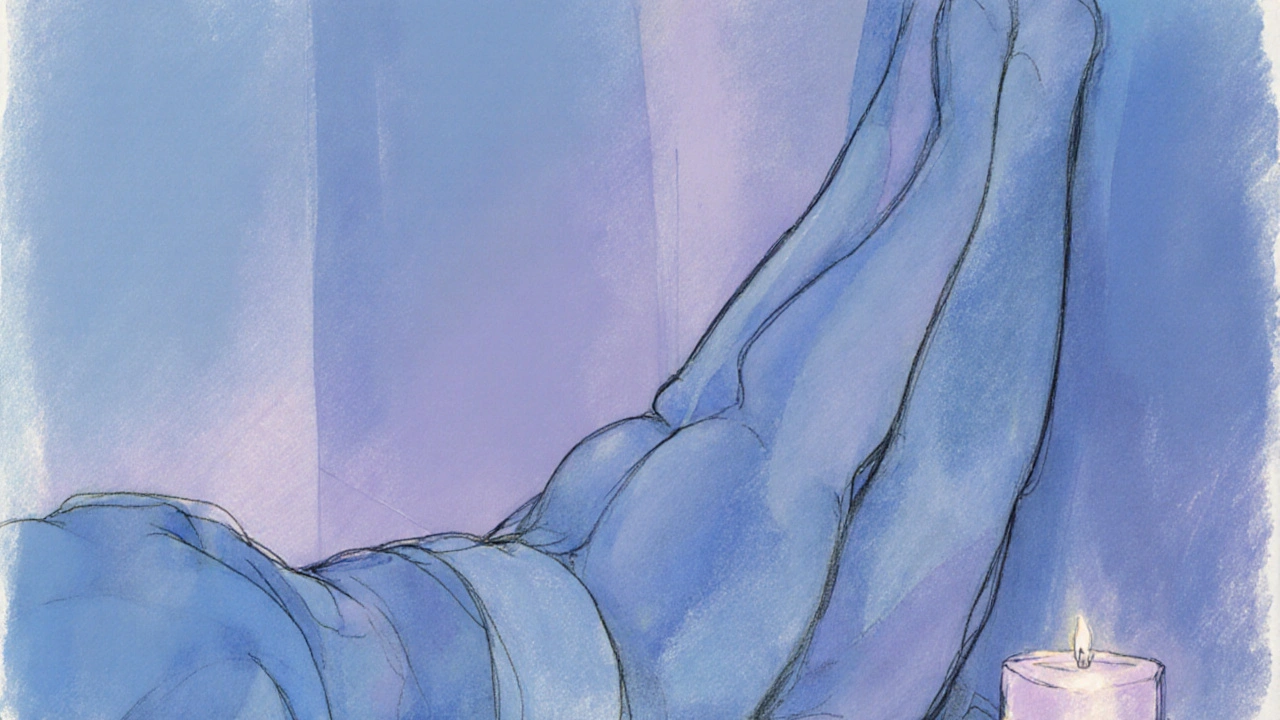
Common Mistakes & Pro Tips
- Over‑extending: If you can’t reach the floor in Forward Fold, place a block under your hands. The goal is length, not force.
- Holding Breath: Remember to exhale when you go deeper into a stretch; breath keeps the nervous system calm.
- Skipping Warm‑Up: Cold muscles are prone to strain. Even a brief march makes a difference.
- Ignoring Alignment: In Pigeon Pose, keep the front knee towards the wrist to protect the hip joint.
- Rushing the Routine: Move slowly, savor each position for at least 30 seconds; this trains flexibility more effectively than rapid repetitions.
| Pose | Target Area | Main Benefit | Suggested Hold |
|---|---|---|---|
| Downward‑Facing Dog | Hamstrings, calves, spine | Lengthens posterior chain | 30‑60sec |
| Cat‑Cow Flow | Spine, neck | Mobilises vertebrae | 1‑2min |
| Child’s Pose | Hips, lower back | Restorative reset | 1‑3min |
| Standing Forward Fold | Hamstrings, calves | Reduces posterior thigh tension | 30‑60sec |
| Pigeon Pose | Hips, glutes | Opens deep hip rotators | 45‑60sec/side |
| Supine Twist | Lower back, thoracic spine | Releases spinal tension | 30‑45sec/side |
| Legs‑Up‑The‑Wall | Legs, circulation | Calms nervous system | 3‑5min |
Frequently Asked Questions
How often should I practice these poses?
Aim for 3‑4 sessions per week. Consistency beats intensity - even a 10‑minute daily routine can noticeably reduce stiffness over a month.
Can yoga replace physical therapy for chronic muscle tightness?
Yoga complements, but doesn’t fully replace, professional therapy. If you have diagnosed injuries or persistent pain, consult a physiotherapist and use yoga as a prescribed adjunct.
What props are most useful for beginners?
A yoga block, a strap (or a belt), and a folded blanket work for most of the poses listed. They help maintain alignment without forcing the body.
Is it safe to do these stretches if I have lower‑back disc issues?
Proceed with caution. Stick to Cat‑Cow, Child’s Pose, and Supine Twist, and avoid deep forward folds that compress the spine. Always check with your doctor before starting.
Can I combine these poses with a strength workout?
Yes. Do a short yoga sequence either after your strength session (to cool down) or on off‑days for active recovery.
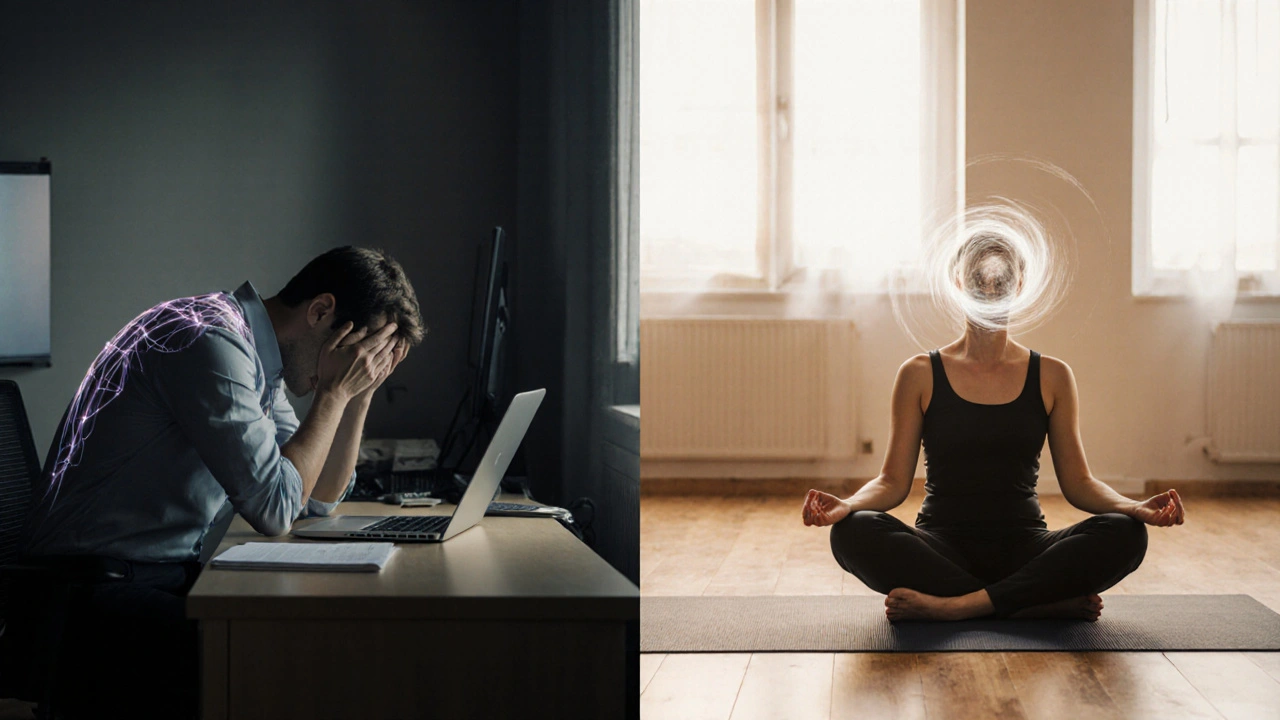
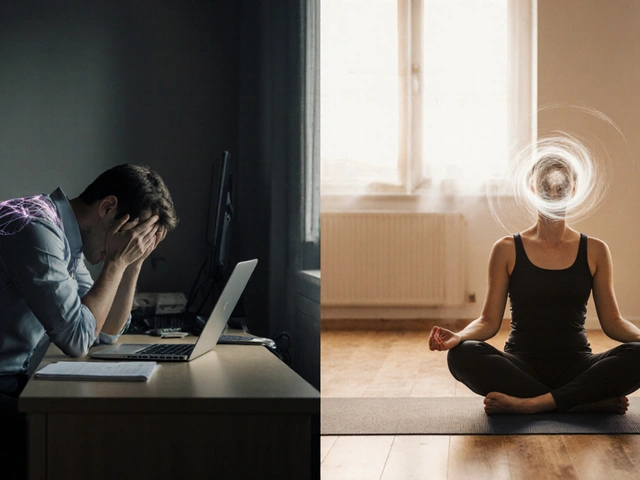



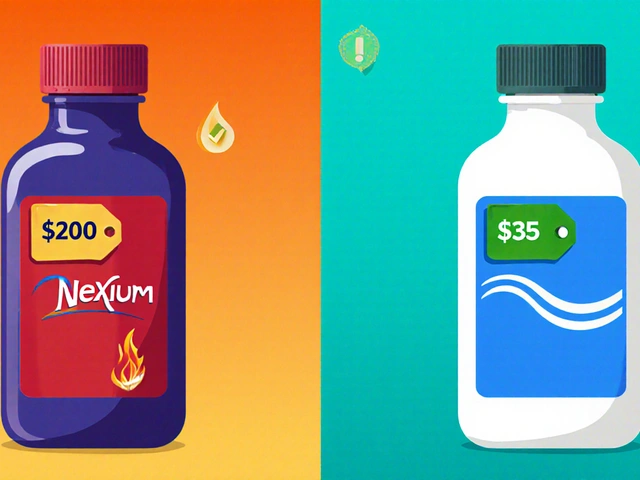
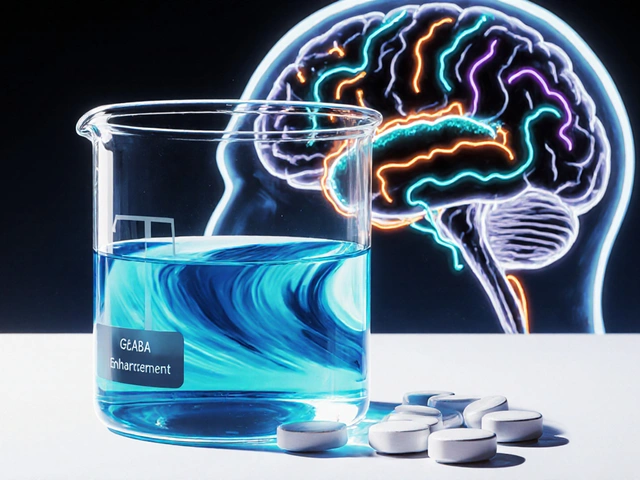
Write a comment
Your email address will be restricted to us